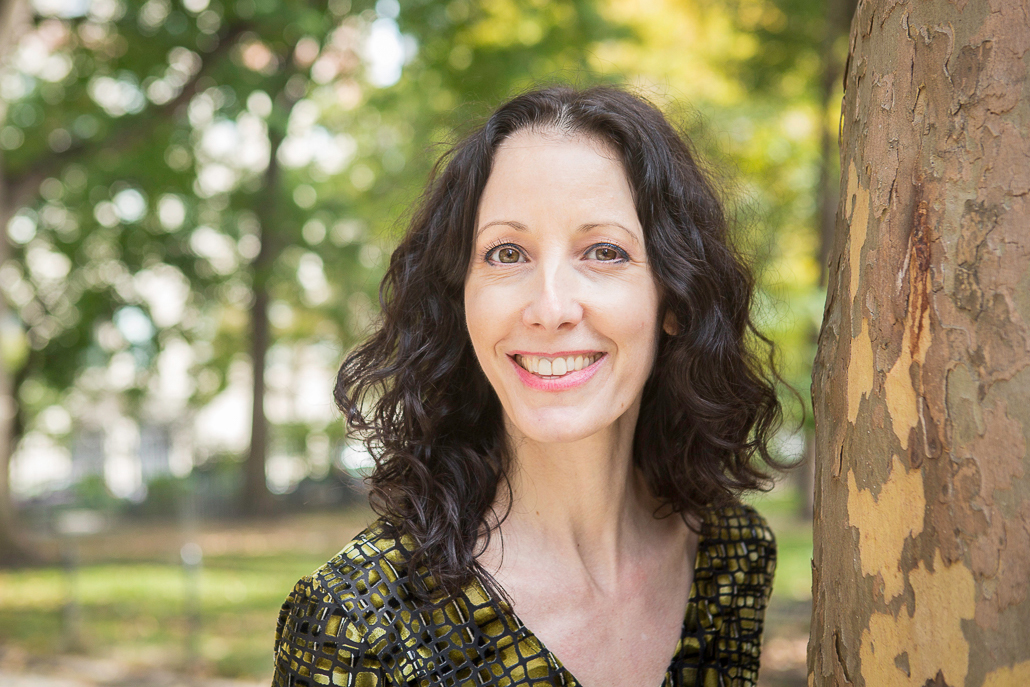Have you ever taken a moment to observe how much stress your body absorbs throughout your day? In daily life, we are constantly reacting and adapting to our changing environment. Stress motivates us in positive ways, giving us the mental and emotional energy to get things done, but too much stress causes our bodies and minds to go haywire. Today’s world is filled with so many demands that the pull towards more stress and less ease is great. How do you manage your stress and maintain your well-being?
As a movement educator, I coach my clients to slow down, tune into their bodies and connect to their breath and movement. Through this practice, they learn to release tension, refocus their attention, develop body awareness and create new brain-body relationships that lead to powerfully integrated mind-body states, which are easily lost when stress and tension take over.
As tension stacks on top of more tension, your nervous system contracts even more to regulate your body. Over time, you unconsciously train your body to work hard all the time, becoming desensitized to its signals and vulnerable to burn out and health risks. This is why it is important to retrain your mind-body memory to recognize the physical sensations of wholeness and well-being so you can effectively resource this place inside yourself.
When we perceive fear, our bodies move into stress response called Fight, Flight and Freeze (FFF) whether it is real or imaginary. Remember Dr. Bruce Banner, the Incredible Hulk? During FFF, his muscles grow to epic proportions, his mood dramatically changes and his fighting instinct takes over. Each of us has our own “Inner Hulk” as hormones are released to spring us into survival action.
What does your “Inner Hulk” look like?
Your arm and leg tone increases as your heart sends more blood to your extremities so that you can run, kick, punch or hide to safety. Your body halts digestion to prioritize survival. Your eyes dilate, pulse quickens, blood pressure rises and breath becomes shallow. After FFF, it takes your body at least thirty minutes to process your hormones and return to homeostasis. You may feel shaky, off balance, have indigestion or heartburn and have a hard time focusing until your body finds its internal balance. Most of us ignore these bodily signals and push onward even though we are not operating at our body-mind best.
What if paying attention to your body is the key for not only managing your stress but also mastering your stress?
You do have the ability to stop a stress response in its tracks and redirect your stress hormones by pausing, a deceptively challenging practice because it requires inhibition when the pull to be reactive is at its strongest. It is so easy to move into reflexive behavior. Instead, seize the opportunity to pause the next time you feel triggered by stress. Each time you do, you are reinforcing a positive, healthy brain-body pattern that replaces stress hormones with feel good hormones.
Here’s a breakdown of how to master your stress and be at your body-mind best:
- Get to know your triggers. Pay attention to the little and big stressors in your day so you feel more in control and not controlled by them.
- Pay attention to your body. Get to know your body signals by developing awareness to the physical sensations you feel when you are and when you are not experiencing stress.
- Master the art of your pause. Pause. Breathe. Pause. Breathe. Pause again.
- Give yourself permission to meet yourself where you are to help you rebalance and center.
- Make daily, intentional quiet time for yourself to restore you body-mind and re-train your body memory to physically know a calm state.
Need ideas for daily self-care that relax, reset and refocus your mind-body?
Try these mindfulness practices to replenish your well-being and reconnect to your body. Choose one or all. Start with five minutes and work up to 20 minutes. Take time to notice how you feel after your practice to reinforce mind-body integration.
Conscious Constructive Rest: Rest on your back with a pillow under your knees. Close your eyes. Rest, relax and breathe.
Nourishing Nature Walk: Walk outside and connect to nature by looking at trees, plants, flowers, birds and animals.
Eye-Sky Break: Stand or sit by a window. Look at the sky. Watch the movement of the clouds while feeling your breath.
Whispered “Aaahh”: Sit comfortably with eyes closed. Inhale softly, and as you exhale, gently whisper an audible “aaaaahhhh.” Repeat.
Even the Hulk needs transition time to rebalance, but unlike the Hulk who can instantly jump to the closest mountaintop for peace and serenity, you have to use your superhuman powers to connect to your inner peace and serenity no matter where you. Gift yourself with a few minutes of daily quiet time and pull out your secret stress weapon, your pause, whenever you can. You will discover that you have the power to transform how you move through life inviting greater fluidity, adaptability and well-being by listening to your body.
We’d love to know your thoughts on Thrive stories and Quaker products. Take our quick survey here! [Sponsored]


